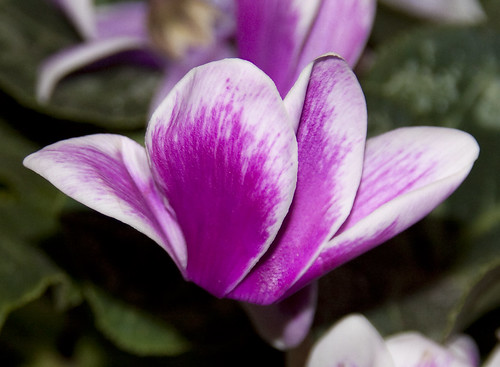
The flower garden
Prune wisteria to a bud or two or 2.5cms from the main stem.
Thin the heads of standard rose bushes to prevent damage caused by wind rock.
Divide winter aconities establishing them in another part of the garden.
Clear away dead stems such as sweet peas and morning glory.
Try collecting and sowing berry seeds or squashing mistletoe berries into apple tree branches (mistletoe is a parasite plant, in that it only grows on a host plant, absorbing nutrients from it).
Sow hardy annuals for next year.
Plant bare root trees, shrubs and bushes.
Tie in trees to protect from wind damage.
Cut back ornamental grasses to allow new growth to come through.
The kitchen garden
Prune apple and pear trees, removing any dead or diseased branches, any that are crossing each other that will rub the bark away leading to disease, thin out the centre of the tree to allow light in, create a pleasing shape.
Prune autumn fruiting raspberries down to the ground and mulch.
Protect fruit cages from the weight of snow.
Cover brassicas with netting to protect them from birds.
Force rhubarb and strawberries with cloches or terracotta pots.
Dig over bear soil, adding compost to improve its structure.
The greenhouse
Chit early seed potatoes for forcing under glass.
Monitor heaters daily to ensure that they are working correctly.
Wash glazing inside and out to let more light in and prevent disease.
Check over wintering tubers for signs of rot.
The pond
Float a half filled plastic carton of water in the pond to prevent it from freezing over.
General
Collect fallen leaves removing them to the compost bin.
Shred woody pruning’s and spent Christmas tree to use as mulch, bonfires add to pollution.
Clean the lawn mower.
Wash up plant pots in hot sterilised water, keeping them disease free.
Order next year’s seeds, sets and bulbs.
Repair or treat wooden structures and fences whilst there is little greenery around them.
Wrap patio pots with insulation to protect from frost damage.
Put out fresh drinking water each day for wild birds.

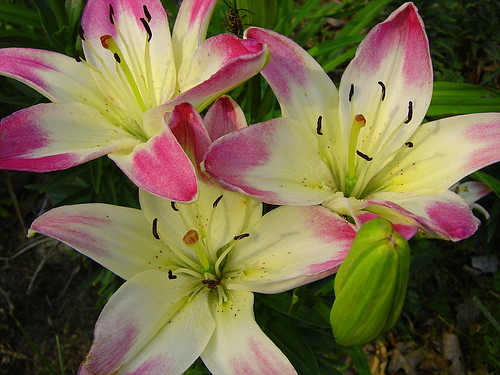


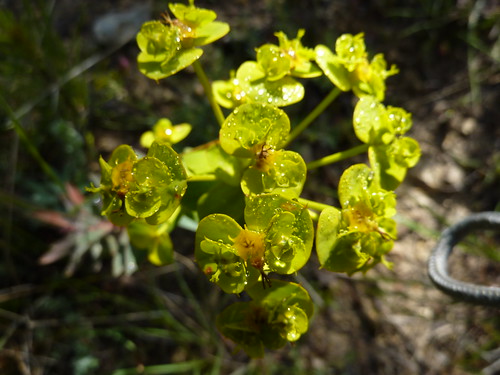


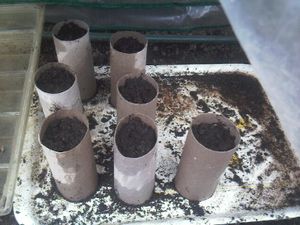
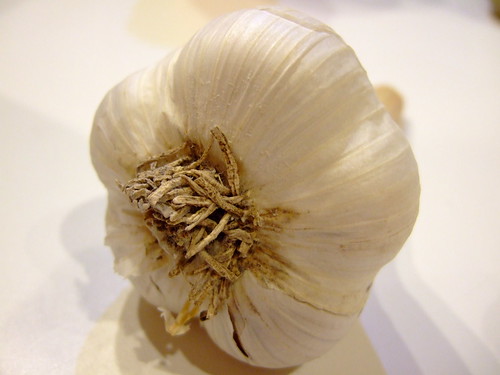

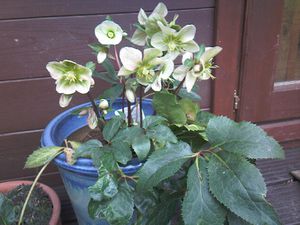


/image%2F1540244%2F20170520%2Fob_a65655_p-pod-001.JPG)